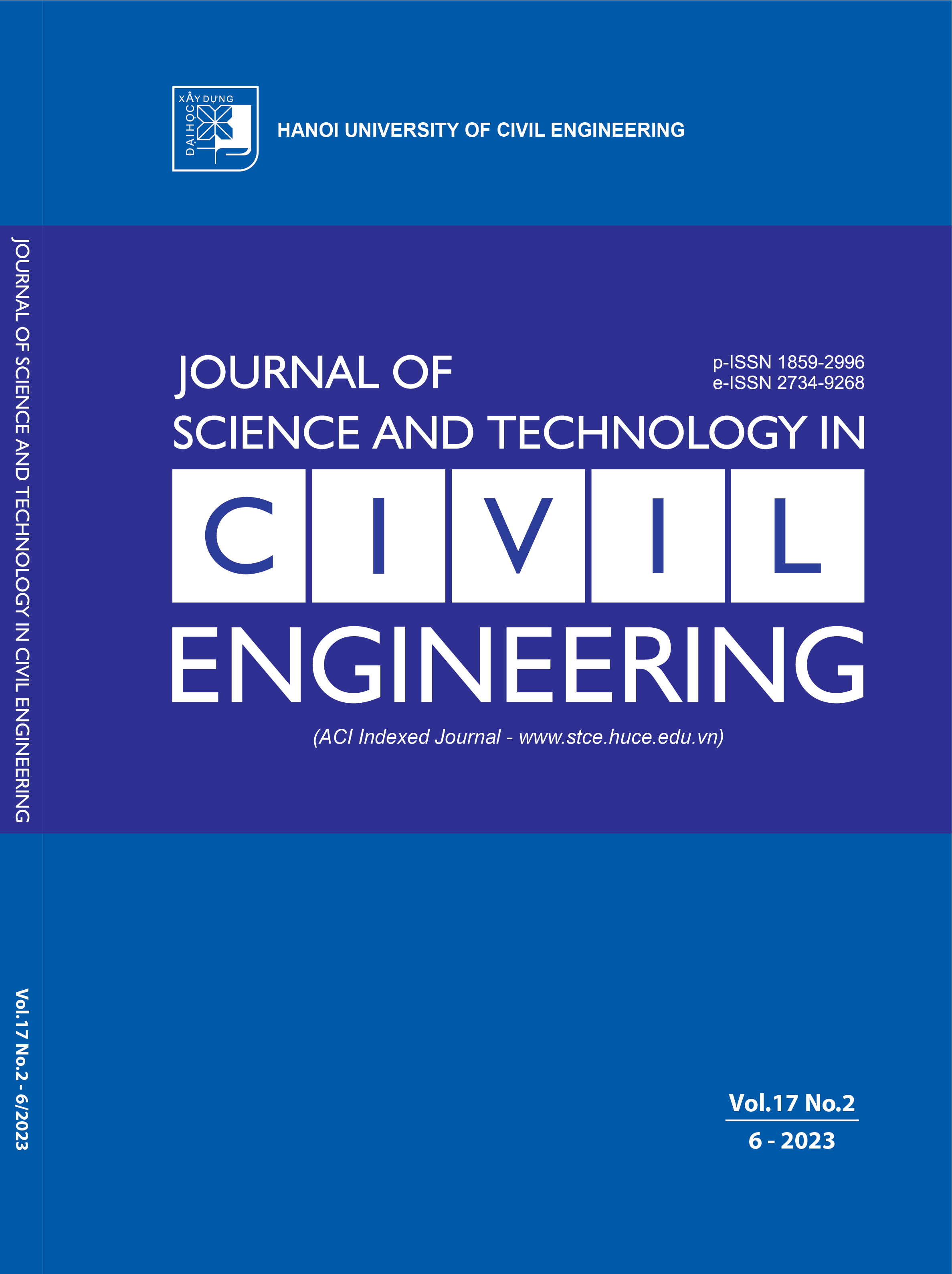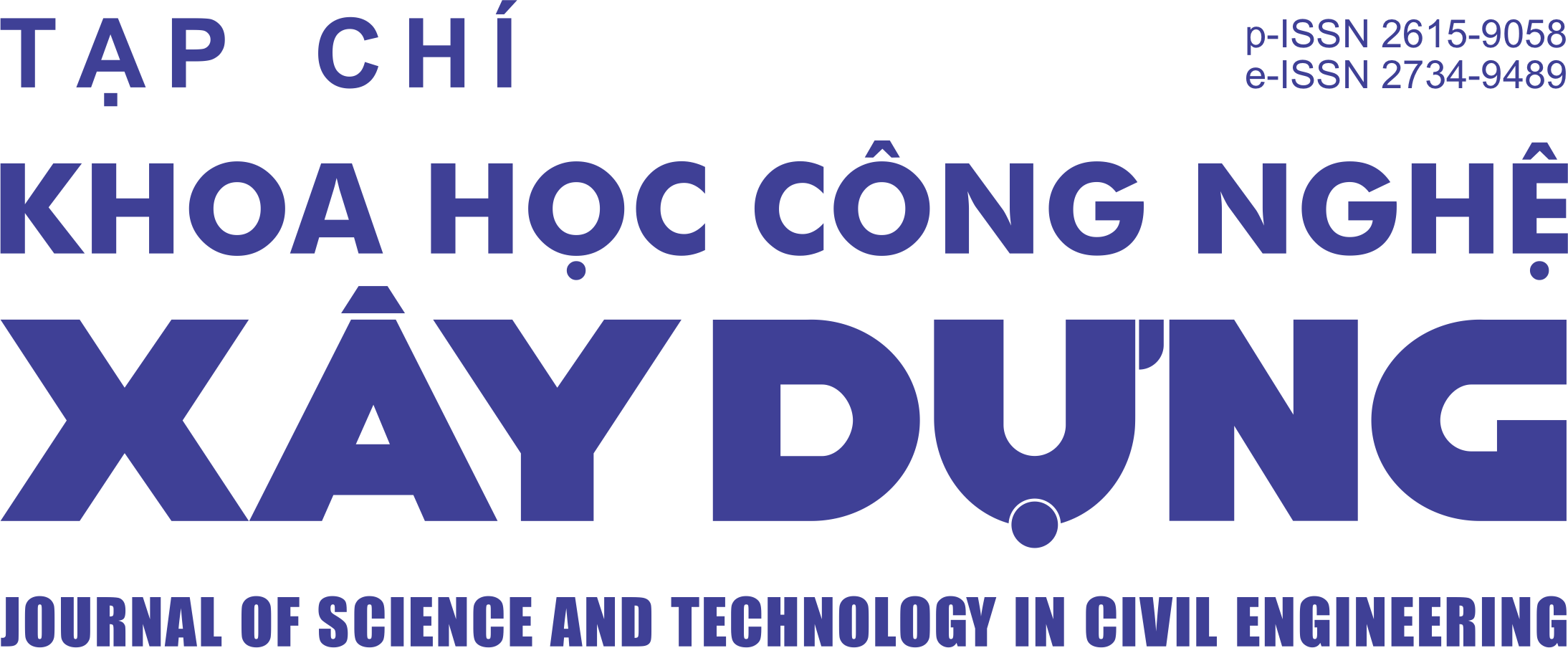Creep behaviour of saturated clay subjected to cyclic loading in plain strain condition
Abstract
Creep of clayey soils is defined as the time-dependent deformation under sustained stresses, due to viscous behavior of the soil skeletons. Creep behavior of soil depend upon main factors which include time, temperature, soil type, soil structure, stress history, stress state and drainage conditions. In this study, a series of one-dimensional oedometer laboratory creep tests were conducted on samples subjected to cyclic loading in order to study the effect of overconsolidation ratio (OCR) and duration of preloading on the secondary consolidation coefficient of the soft clay. Test results reveal that the secondary consolidation coefficient of the
overconsolidated samples are smaller than that of the normally consolidated samples, and decreases with increasing OCR with a drastic drop for OCR values close to 1. On the basis of the isotache model, an equation for secondary consolidation coefficient compression index is proposed as a function of OCR and duration of preloading. The laboratory tests show that the actual measured secondary consolidation coefficient is independent of time. Therefore, to comply with this reality, the proposed equation was modified to be independent of time and laboratory test results were used to calibrate parameters of the newly proposed equation.
Downloads
Copyright (c) 2023 Hanoi University of Civil Engineering

This work is licensed under a Creative Commons Attribution-NonCommercial-NoDerivatives 4.0 International License.
1. The Author assigns all copyright in and to the article (the Work) to the Journal of Science and Technology in Civil Engineering (JSTCE) – Hanoi University of Civil Engineering (HUCE), including the right to publish, republish, transmit, sell and distribute the Work in whole or in part in electronic and print editions of the Journal, in all media of expression now known or later developed.
2. By this assignment of copyright to the JSTCE, reproduction, posting, transmission, distribution or other use of the Work in whole or in part in any medium by the Author requires a full citation to the Journal, suitable in form and content as follows: title of article, authors’ names, journal title, volume, issue, year, copyright owner as specified in the Journal, DOI number. Links to the final article published on the website of the Journal are encouraged.
3. The Author and the company/employer agree that any and all copies of the final published version of the Work or any part thereof distributed or posted by them in print or electronic format as permitted herein will include the notice of copyright as stipulated in the Journal and a full citation to the Journal as published on the website.







